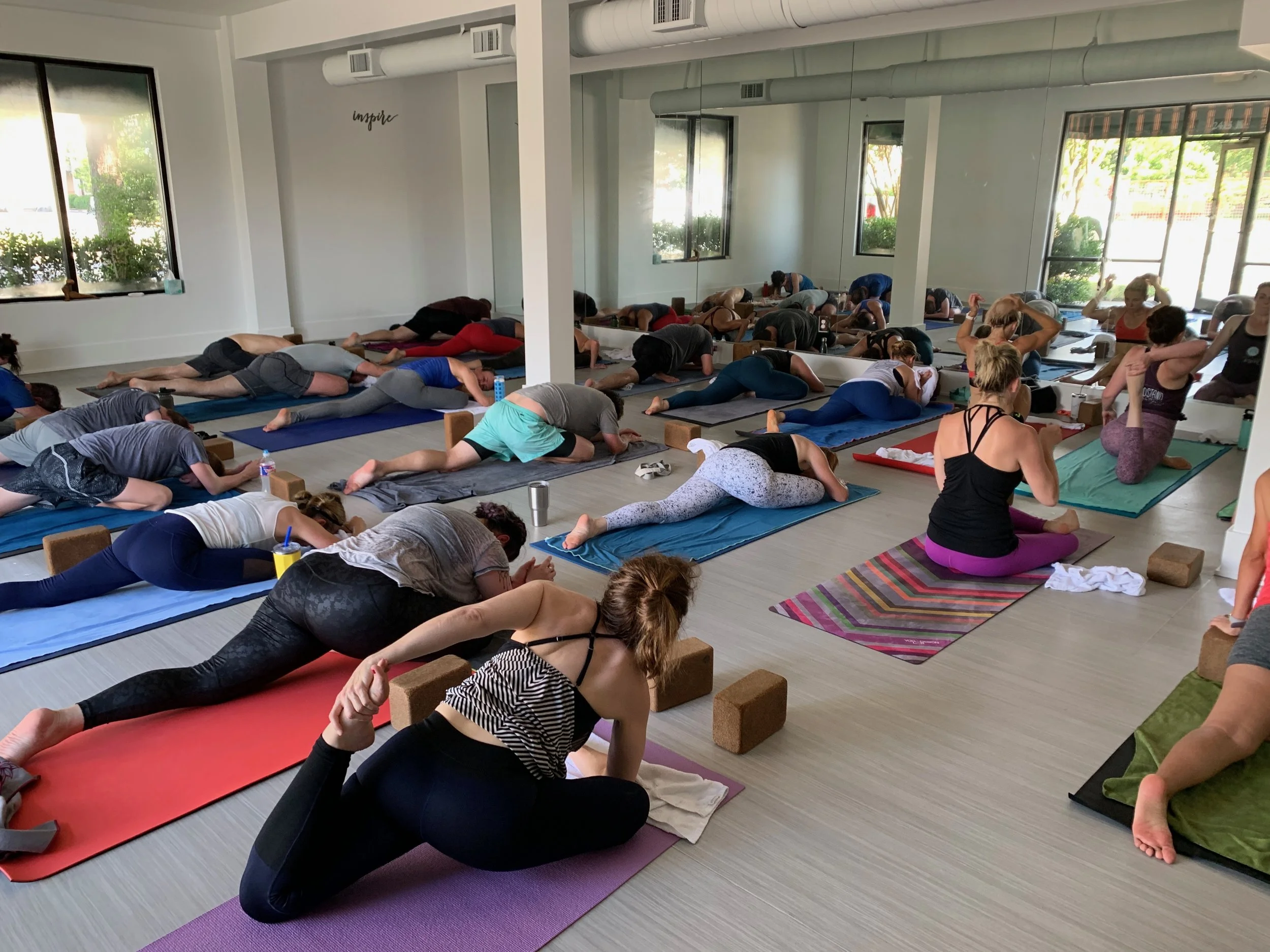Finding solutions, improving function
“I focus on figuring out what might be contributing to a problem and then addressing each issue to get the best outcome” — Dr. Esther Yaniv
PHYSICAL Evaluations
In-Office
Complete musculoskeletal exam (relevant to chief complaint as determined by me)
Neurological exam of the affected region
Lumbar – lower extremities
Cervical – upper extremities
Gait analysis
Scoliosis evaluation
trigger point injections
In-office
Trigger points are a tight band of fibers within the muscle, they are a Common source of pain
Typically referred as “knots”
Differ from tender points as they refer pain in a specific pattern when pressure is applied
Can persist despite trial of deep tissue massage and stretching
Injection of a local anesthetic +/- cortisone into the trigger point
Often injection is combined with “wet” needling, a back and forth motion of the needle to “break up” the tight fibers
May need to be repeated for longer lasting relief
Commonly combined with physical therapy
Bursa Injections
In-office
Upper extremity
Subacromial bursa for rotator cuff tendinitis
Lateral epicondyle bursa for tennis elbow
Lower extremity
Trochanteric bursa for lateral hip pain
Interventional Pain Management
Outpatient
Epidural Steroid Injections
Cervical
Lumbar
Lumbar facet injections
Lumbar medial branch blocks
Sacro-iliac joint injections
Hip injections
Nerve Conduction Studies/Electromyography
(Coming soon)
Diagnostic evaluation of numbness/weakness in the extremities
Upper extremity
Carpal Tunnel Syndrome
Ulnar Neuropathy
Cervical Radiculopathy
Peripheral Neuropathy
Lower Extremity
Peroneal Neuropathy
Tarsal Tunnel Syndrome
Sciatica
Peripheral Neuropathy
Coordination and Collaboration
IN-Office
Physical Therapy
McKenzie Method
Strengthening
Flexibility
Dry Needling
Diagnostics
Imaging – X-ray, MRI
Nerve Conduction Studies/EMG (see above)
Lab – Rheumatology screens, Thyroid, Inflammation, Auto-immune disease
Massage/Acupuncture
Health Coaching
IN-office & Outpatient
Spine health is a reflection of overall health
Nutrition
Weight management
Sleep
Stress management
Exercises
Posture
Proper sitting techniques/ergonomics
Core engagement
Mind-body awareness
Breath control – functional breathing to reduce tension and pain
Mind-body awareness through healthy breathing techniques
Pain journaling
Addressing fear avoidance – moving through and after pain
PRIVATE YOGA
PERSONAL SESSIONS
Yoga has been shown to be helpful as a part of a comprehensive pain management regimen to:
To determine appropriate poses and modifications
To address fear avoidance by providing reassurance and guidance
To transition from physical therapy to an independent exercises program
A partner in recovery
Physiatrists receive special training in Physical Medicine and Rehabilitation. This branch of medicine emphasizes the diagnosis, treatment, and rehabilitation of conditions that cause temporary or permanent impairment. Physiatrists work with people of all ages. Their primary focus is on improving function.
The goal of physiatry is to help people be as functional and pain-free as possible so that they can get back to what is important to them. That can be returning to work, getting back on the golf course, or playing with the grandchildren.
Physiatry encompasses both the treatment of major injuries (such as spinal cord or traumatic brain injuries) and more common problems like back injuries, sports injuries, and joints affected by arthritis. While these types of problems aren’t catastrophic, they can result in chronic pain and the loss of function. All of this can have an enormous impact on our daily lives.
Physiatry centers on a team approach. The physiatrist and the patient form a team that can include physical therapists or surgeons. Many conditions that physiatrists treat are an inevitable part of living and the wear and tear that affects our muscles, bones, and tendons over time. Whether the problem is caused by an injury or by aging, the goal remains the same: maximizing function in spite of the problem.

